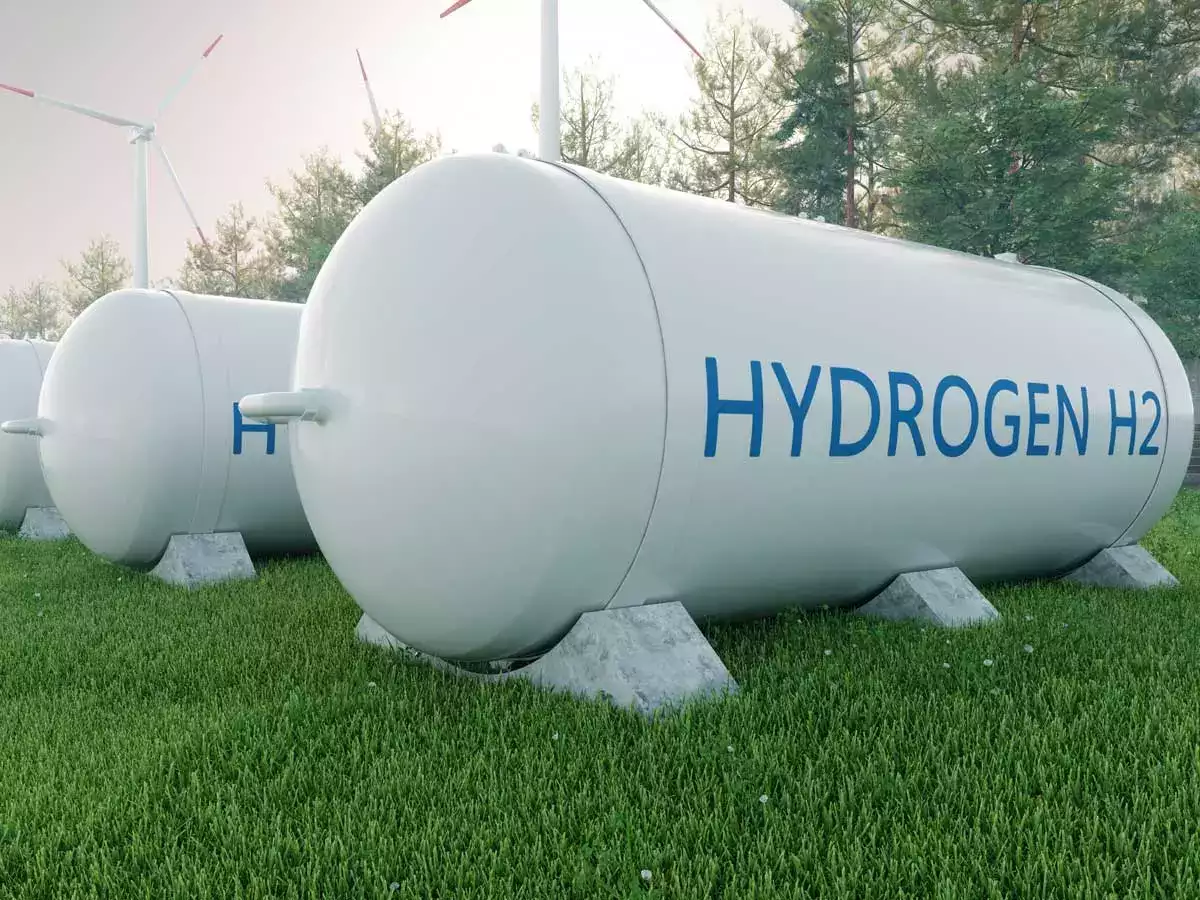
While certainly promising, the Budget lacked any further announcements on how this might be disbursed or what India’s immediate priorities must be. This year’s allocation must be prioritized to address fundamental challenges for scaling the Green Hydrogen Mission — namely, unlocking demand, de-risking finance, and balancing equitable resource use. Doing so would ensure that the Ministry of New and Renewable Energy’s efforts are aligned with, and on track to meet the ambitious targets under the Mission.
The Mission, launched in January 2023, with an initial outlay of INR 19,744 crore (USD 2.38 billion), aims to make India a global hub for green H2. This aligns with India’s goal of energy independence by 2047, by reducing energy imports, and achieving net zero emissions by 2070. It targets an annual green H2 production capacity of 5 million metric tonnes (MMT) by 2030 with a potential 10 MMT/year growth in export markets, identifying ammonia, petroleum refining, steelmaking, derivative fuels, and city gas distribution as key applications.
To meet these targets, the Mission focuses on promoting the indigenous manufacturing of green H2 electrolyzers by allocating INR 4,500 crore (USD 537 million) for incentives to stimulate domestic manufacturing. That said, these ambitions come with their own set of hurdles that need to be tackled in a responsible and timely manner. Through emerging research, analysis, and expert discussions, including the report, “Green Hydrogen for Decarbonizing Asia’s Industrial Giants” by the Asia Society Policy Institute, we identify three key challenges that the MNRE must focus on in the coming year:
Unlocking Demand
For green H2 to have a substantial impact on the economy and industrial decarbonization, it needs to be competitively priced, which it currently is not. The MNRE has so far focused on incentives to promote green H2 production, but should also work quickly to develop demand ‘pull’ measures. For instance, command-and-control strategies, such as prescribing a proportion of steel and ammonia that must be produced using green H2, and market-based incentives, such as subsidies, could work in tandem to propel demand. Developing hybrid demand pull policies, a mix of regulations and incentives, will be crucial in ensuring a thriving market for green H2, while ensuring that higher production costs aren’t passed on completely to end-users.
De-risking Finance
The push to indigenize electrolyzer manufacturing is in large part owing to the cost and uncertainty surrounding electrolyzer technologies. To attract private capital, the government needs to devise blended financial instruments to help manage this risk and incentivize investments. Blending finance from the government, international development finance institutions, philanthropic sources, and incorporating ideas such as first loss guarantees can incentivize the missing pieces of private capital needed to propel the energy transition. Furthermore, the MNRE needs to increase research grants to universities, such as IIT Madras, that are working on electrolyzer technology. Developing better, cheaper, and more reliable technologies domestically can not only attract more investments but unlock export markets for Indian manufactured electrolyzers.
Balancing Equitable Resource Use
In developing the economic framework to scale green H2, the government cannot lose sight of its ecological and societal impacts. Hydrogen production across the board is water intensive and increasing green H2 produced by electrolysis could pose risks for an already severely water-stressed country like India. To tackle the water-intensity, a major development has been to set up water desalination plants in the same facility as electrolyzers instead of relying on freshwater sources or groundwater. IIT Madras’ prototype electrolyzer which uses seawater presents another R&D opportunity. Strict wastewater treatment regulations must also be put in place to prevent detrimental ecological impacts.
Facilities also require swathes of land to set up large green H2 manufacturing capacity, which means they will need to be constructed outside of densely populated areas. This, in turn, creates the need for transport and supply infrastructure that can prove expensive. Developing a supply pipeline infrastructure in parallel could ensure that a green H2 production is not at the cost of community land dispossession in the long run.
Looking Forward
The ASPI and Global Efficiency Intelligence analysis reveals that if India were to scale green H2 along the lines of its declared Net Zero emissions targets, it could reach a market potential of up to USD 42.2 billion (INR 3.5 lakh crore) in the steel sector, USD 26.7 billion (INR 2.2 lakh crore) in ammonia, and USD 8.8 billion (INR 73 thousand crore) in methanol. This presents massive economic promise if scaled effectively, which can help India along its economic growth trajectory while decarbonizing several sectors in line with its climate targets. Devising strategies to address some of these issues can ensure we realize this potential with the fewest possible trade-offs and facilitate an energy transition that is both holistic and just.
Disclaimer: The copyright of this article belongs to the original author. Reposting this article is solely for the purpose of information dissemination and does not constitute any investment advice. If there is any infringement, please contact us immediately. We will make corrections or deletions as necessary. Thank you.





